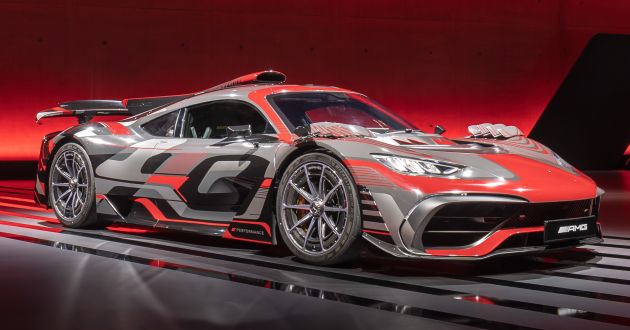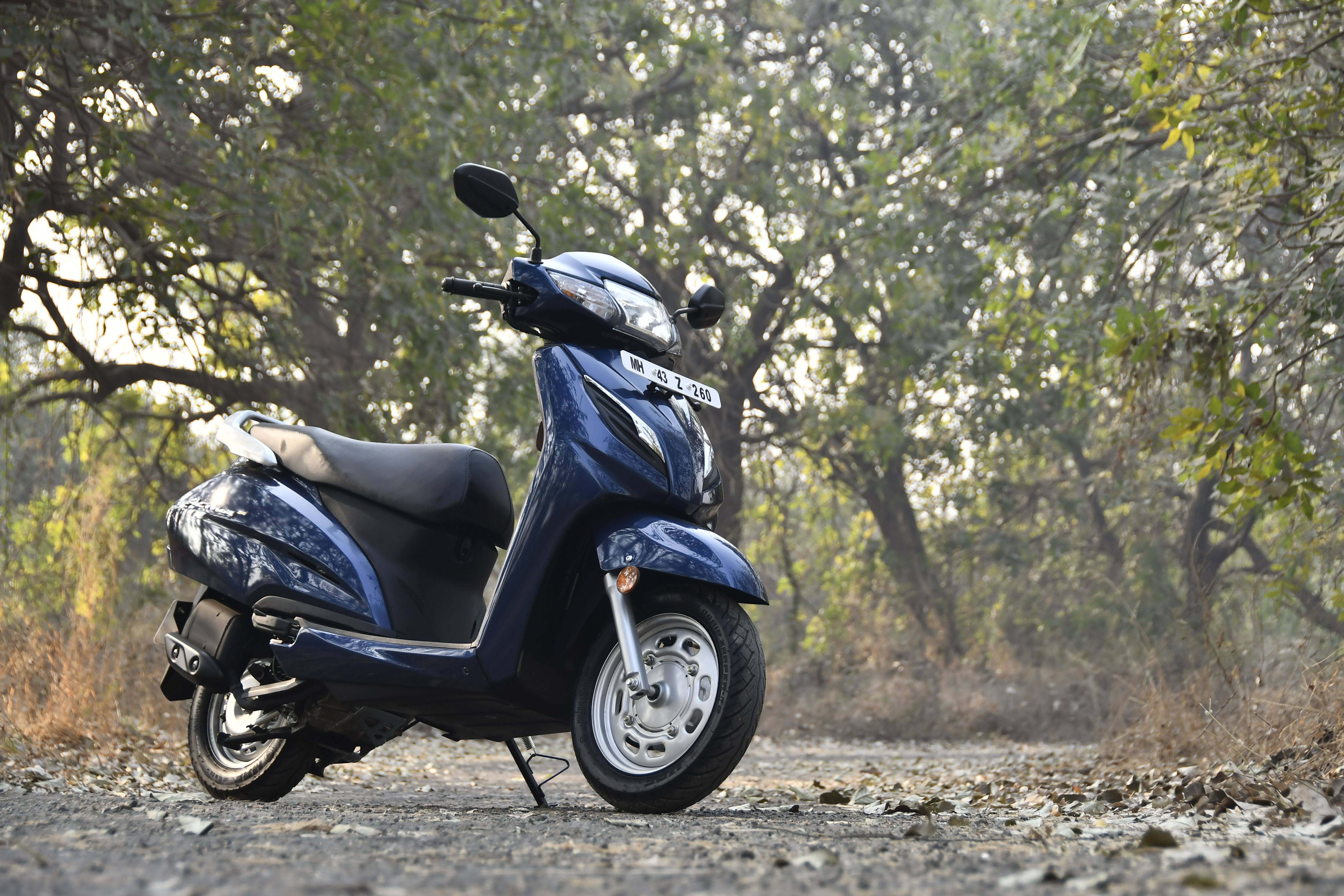Mercedes-AMG E Performance strategy detailed – four-cylinder C63; powertrains with over 816 PS, 1,000 Nm
Mercedes-AMG has presented its E Performance drivetrain strategy, which details some of the upcoming AMG Performance Hybrid powertrains that will be used in its vehicles. The German carmaker’s foray into electrification is certainly not a secret, as we’ve already been introduced to the F1-derived Project One hypercar as well as the plug-in hybrid variant of the GT 4-Door Coupe.
Drawing upon the expertise of the Mercedes-AMG High Performance Powertrains (HPP) and the Mercedes-AMG Petronas F1 Team, the company adopted a modular concept for its new plug-in hybrid powertrains.
These combine an eight- or four-cylinder engine with a permanently excited synchronous electric motor, a lithium-ion battery and the company’s fully variable AMG Performance 4Matic+ all-wheel drive system.
At the heart of the new PHEV powertrains is the AMG High Performance Battery (HPB), which will first be introduced in a HPB80 variant. Weighing in at 89 kg, the battery is equipped with 560 round cells that provide an energy capacity of 6.1 kWh, achieving a power density of 1.7 kW/kg.
Operating on a 400-volt electrical architecture, the battery is capable of providing 70 kW of continuous power or 150 kW peak power for ten seconds. This is sustainable thanks to the innovations in ensuring the battery is always kept at a consistent, optional working temperature window of 45 degrees Celsius.
To achieve this, new cooling modules that are only millimetres thin are used, while an electric pump sends around 14 litres of electrically non-conductive coolant through the entire battery, with an oil/water heat exchanger to dissipate heat. The result is a battery that delivers performance predictably, even during fast laps in hybrid mode on the track.
Being part of a PHEV setup, charging via a wallbox is available using the 3.7-kW onboard AC charger, although the company did not state how long it will take to get the battery to a full state of charge.
Said HPB provides power to an e-motor that is positioned on the rear axle, where it is integrated with an electrically shifted two-speed transmission and an electronically controlled rear axle differential lock in a compact Electric Drive Unit (EDU). The company refers to this layout as a P3 hybrid.


Depending on the model series, the e-motor can provide up to 204 PS (201 hp or 150 kW) and 320 Nm of torque. It also acts directly on the rear axle without a diversion via the AMG Speedshift MCT-9G automatic transmission. However, if there is a significant shortage in grip at the rear, the e-motor can send power to the front wheels.
This is possible by a mechanical connection to the all-wheel drive system through a cardan shaft and the drive shafts of the front wheels. When in Electric mode, which is one of six within the AMG Dynamic Select system, a top speed of 130 km/h can be reached without the internal combustion engine being switched on.
Other drive modes available include Comfort, Sport, Sport+ and Race, with each step up increasing the boost performance delivered the e-motor. An Individual mode allows drivers to set their preferred characteristics for the car’s drive system.
Meanwhile, the expanded AMG Dynamics system provides further control over how the car behaves, with modes like Basic, Advanced, Pro and Master determining to what degree the ESP, rear differential and all-wheel drive can operate.



Energy recuperation is another aspect of the PHEV powertrains, with four different levels to choose from. The first, Level 0, offers the least amount of recuperation, while the following stages – Level 1, Level 2 and Level 3 – progressively increases energy recovery up to a maximum of 90 kW – the highest point is pretty much similar to one-pedal driving found in an all-electric car.
As for the internal combustion engines, Mercedes-AMG didn’t say much about its eight-cylinder unit but was more than willing to discuss its smaller-capacity 2.0 litre four-cylinder mill. Both feature a belt-driven starter alternator that produces 14 PS (13 hp or 10 kW) and helps to power auxiliary units such as air-conditioning and lights.
In essence, the engine is a development of the M139 currently used in the latest A 45 and CLA 45 and GLA 45. What’s different is that the engine is installed longitudinally instead of transversely, and there’s an electric exhaust-gas turbocharger derived from the MGU-H (Motor Generator Unit Heat) found in Project One.
The latter is the magic sauce here, allowing the turbo to spool up its compressor wheel before the exhaust gas flow takes over for quicker response across the entire engine speed range.
Operating on the aforementioned 400-volt electrical architecture, there’s a four-cm-narrow electric motor integrated directly on the shaft of the turbo (charger shaft), between the turbine wheel on the exhaust gas side and the compressor wheel on the fresh air side.
The end result is a 2.0 litre engine that can produce 449 PS (443 hp or 330 kW) on its own, and that’s even before the e-motor is combined. Mercedes-AMG says the available power will enable future AMG models to surpass comparable, current vehicles with V8 engines without hybrid drive.
When will we see this monstrous, electrified 2.0 litre engine in an AMG model? Well, the company didn’t provide a timeline, but has confirmed that the future generation of the Mercedes-AMG C-Class will get it. This pretty much confirms the long-running rumour that the next C 63 will ditch its V8 for a four-cylinder engine.
Downsizing talk aside, the company says that its AMG Performance Hybrid powertrain in its most extreme configuration – with the V8 and e-motor – is capable of more than 816 PS (805 hp or 600 kW) and 1,000 Nm, as well as a zero to 100 km/h time of less than three seconds. If that sounds familiar, those figures are close to the GT Concept, which previews the upcoming GT 73 that the company teased earlier this month.




























































The post Mercedes-AMG E Performance strategy detailed – four-cylinder C63; powertrains with over 816 PS, 1,000 Nm appeared first on Paul Tan's Automotive News.
from Paul Tan's Automotive News
Read The Rest:paultan...





Post a Comment